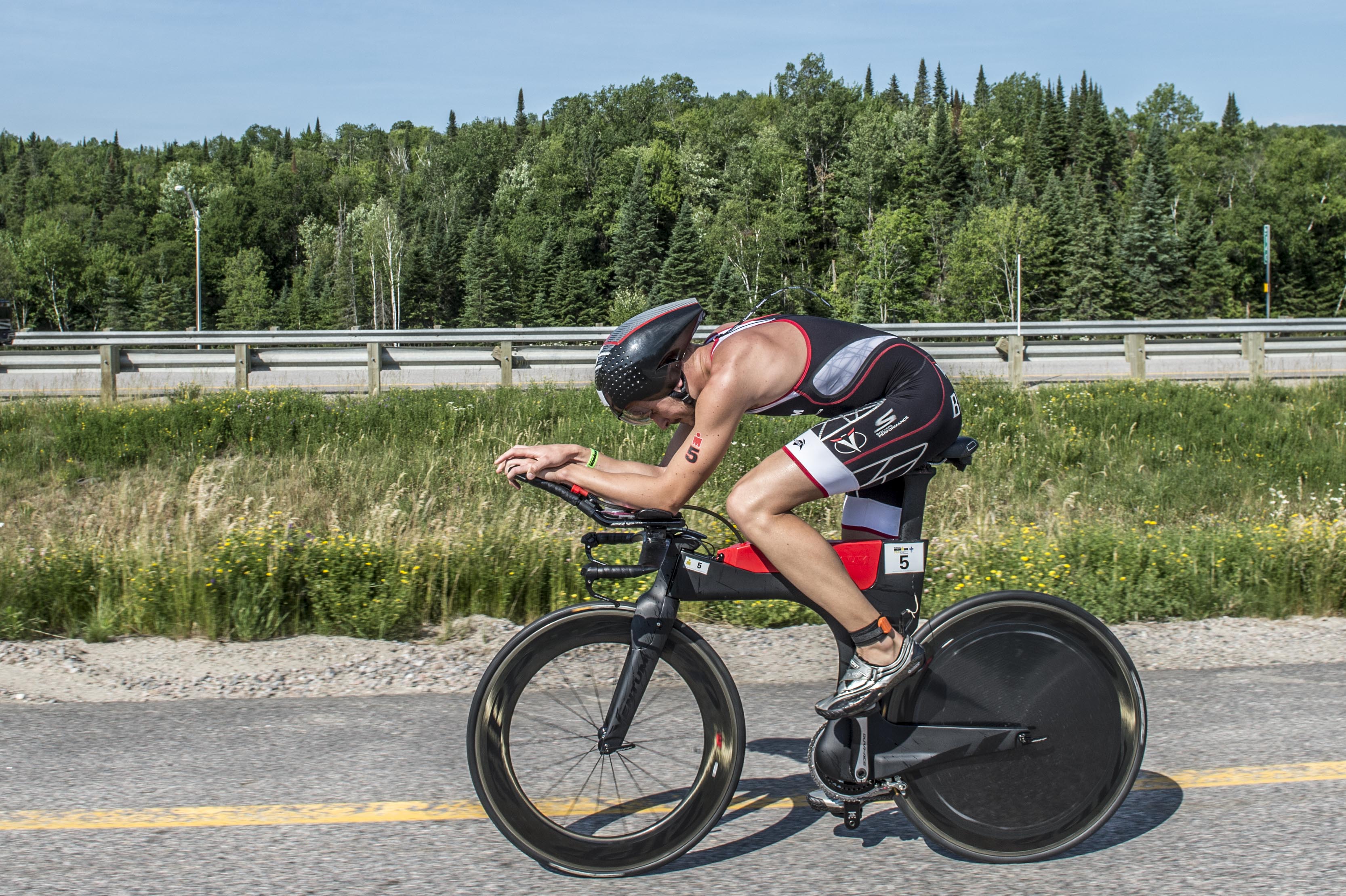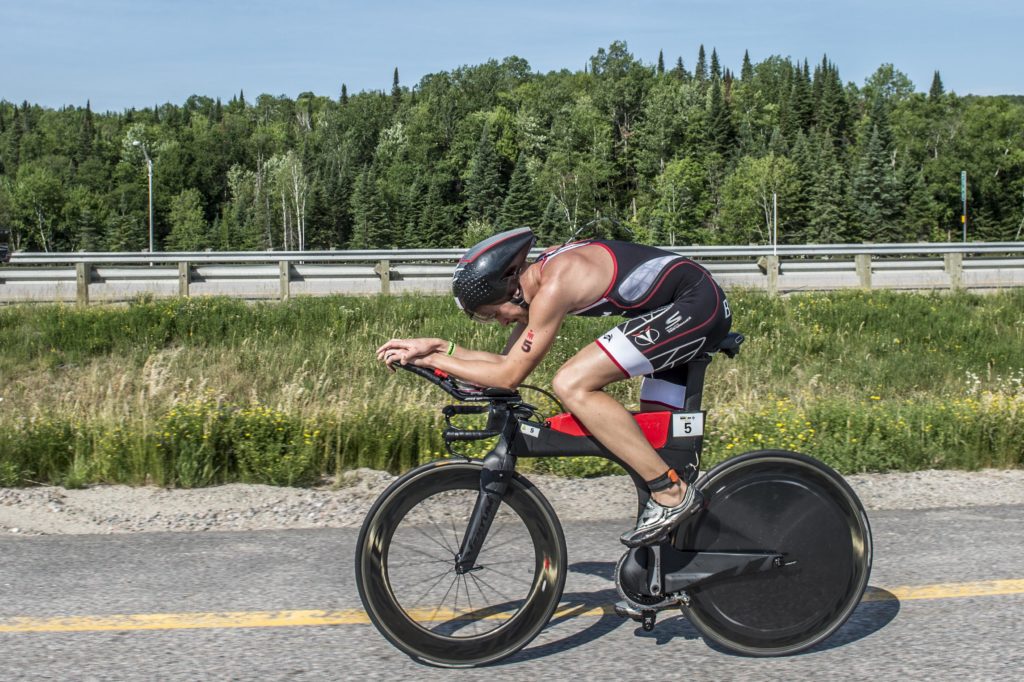Conquer the Ironman 70.3 Muskoka bike leg
Racing Ironman 70.3 Muskoka this weekend? Here are tips to conquer the notoriously difficult bike leg.

— By Michael Liberzon
Ironman 70.3 Muskoka is a terrific race with a fun yet challenging bike course. There’s a reason why they call the race ‘the beauty and the beast’. It can definitely be both. The bike course in particular will challenge beginners and seasoned cyclists alike. While it’s no picnic, with the right equipment, preparation, and mindset the Muskoka bike course is a real treat! Here are 5 tips for making the most of that second leg of the Muskoka 70.3.
- Choose the right gearing
Make sure you are well equipped the tackle the hills of Muskoka with the right gearing. A compact crank – 50-tooth big and 34-tooth small rings – is a very good idea. Couple that with an 11-28t cassette and you will be well geared to tackle even the steepest of the Muskoka hills.
- Use your gears
Now that you have a broad range of gearing, use it! Your mission on the bike is to what you can to maintain a comfortable cadence without redlining your power. You do this by shifting to the appropriate gear.
- Working too hard or pedaling too slowly? Shift into an easier gear.
- Legs spinning out or not applying much power? Shift to a harder combination.
Muskoka requires a lot of shifter work, so don’t get lazy or try to muscle the hills. Use the equipment. Your run legs will thank you!
- Manage your nutrition & hydration
In long course racing like a 70.3 or a full Ironman, your bike leg is your opportunity to fuel. Your digestive system will generally be most efficient on the bike – as opposed to the swim or the run. Take advantage and aim for the following approximate guidelines:
- 500 – 1000mL of fluids per hour (weather and power dependant)
- 60 – 90g of simple carbohydrate per hour
Follow the ‘do nothing new on race day’ mantra and make sure that you have tested your nutrition and hydration strategy in training first.
- Stay on top of your pacing
A half distance race makes for a long day. Remember that. It is vitally important to stick to your bike pacing plan. Whether that plan is based on power, heart rate, or even perceived exertion keep your target front of mind. It’s entirely possible that with the adrenaline of race day, your plan will feel too easy in the beginning. Stick with it and be patient.
- Don’t burn matches
Road cyclists refer to very hard bursts of work as burning matches. Doing that in a road race is essential. Burning matches in long course triathlon can be disastrous! Even if you stick to your target average intensity, it is still possible to overdo it on the hills – and Muskoka has plenty on offer. Control that top end power, use your gears, and avoid redlining at all costs.
Good. You are ready. Be safe and have fun!

